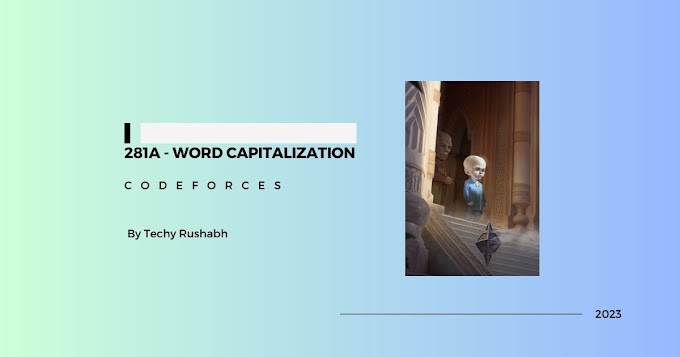Introduction
Want to dive into the world of deep learning but feel overwhelmed? PyTorch, a powerful yet user-friendly open-source framework, might be exactly what you need. Created by Meta AI Research Lab and based on the legacy of the Torch library, PyTorch simplifies the process of building and training sophisticated AI models. This post will break down the core concepts of PyTorch, highlighting its key features and how it's used in cutting-edge applications.
What is PyTorch and Why Should You Care?
At its core, PyTorch is a library designed for programming with tensors. Think of tensors as multi-dimensional arrays that hold the data and parameters crucial for deep neural networks. What sets PyTorch apart is its focus on usability, allowing you to train complex machine learning models with relatively few lines of Python code. Furthermore, PyTorch is built for speed, leveraging NVIDIA's CUDA platform to enable high-performance parallel computing on GPUs. This means faster training times and the ability to handle larger datasets.
Dynamic Computational Graphs: The Key to Flexibility
PyTorch owes much of its popularity to its support for dynamic computational graphs. This allows developers to prototype and experiment with models more easily. Instead of defining the entire model structure upfront, PyTorch constructs a directed acyclic graph (DAG) at runtime. This graph keeps track of all operations performed on tensors, allowing you to dynamically change the shape, size, and even the operations themselves after each iteration. This runtime optimization is a game-changer for research and development.
PyTorch in Action: Real-World Applications
PyTorch isn't just theoretical; it's the backbone of many impressive AI applications. The video transcript highlights a few notable examples:
- Tesla Autopilot: Computer vision for self-driving cars.
- Stable Diffusion: Image generation from text prompts.
- OpenAI Whisper: Speech recognition and transcription.
These are just a few examples of the diverse range of applications powered by PyTorch. Its flexibility and performance make it a popular choice for researchers and developers alike.
Building a Neural Network: A Glimpse of the Code
The video touches on how to build a simple neural network with PyTorch. Here's a breakdown of the code elements involved, showing how the layers of a neural network can be constructed.
First, you inherit from the neural network module class to define your custom model. This example builds a simple image classifier.
# Code based on the information in the transcript. Actual working code may vary.
import torch
import torch.nn as nn
class ImageClassifier(nn.Module):
def __init__(self):
super().__init__()
self.flatten = nn.Flatten()
self.linear_relu_stack = nn.Sequential(
nn.Linear(28*28, 512),
nn.ReLU(),
nn.Linear(512, 10)
)
def forward(self, x):
x = self.flatten(x)
logits = self.linear_relu_stack(x)
return logits
Key components:
nn.Flatten(): Converts a multi-dimensional image into a one-dimensional vector.nn.Linear(): A fully connected linear layer, performing a linear transformation on the input.nn.ReLU(): A non-linear activation function that introduces non-linearity into the model, allowing it to learn more complex patterns.nn.Sequential(): A container that chains the layers together for data to flow through
The forward method defines how data flows through these layers. You'd then instantiate the model, move it to the GPU if available, and feed it input data for training.
Conclusion
PyTorch is a powerful and versatile deep learning framework that simplifies the process of building and training AI models. Its focus on usability, dynamic computational graphs, and GPU acceleration makes it a favorite among researchers and developers. From self-driving cars to image generators, PyTorch is powering some of the most innovative AI applications in the world. So, if you're looking to dive into the world of deep learning, PyTorch is a great place to start.
Keywords: PyTorch, Deep Learning, Neural Networks, Tensors, CUDA




0 Comments